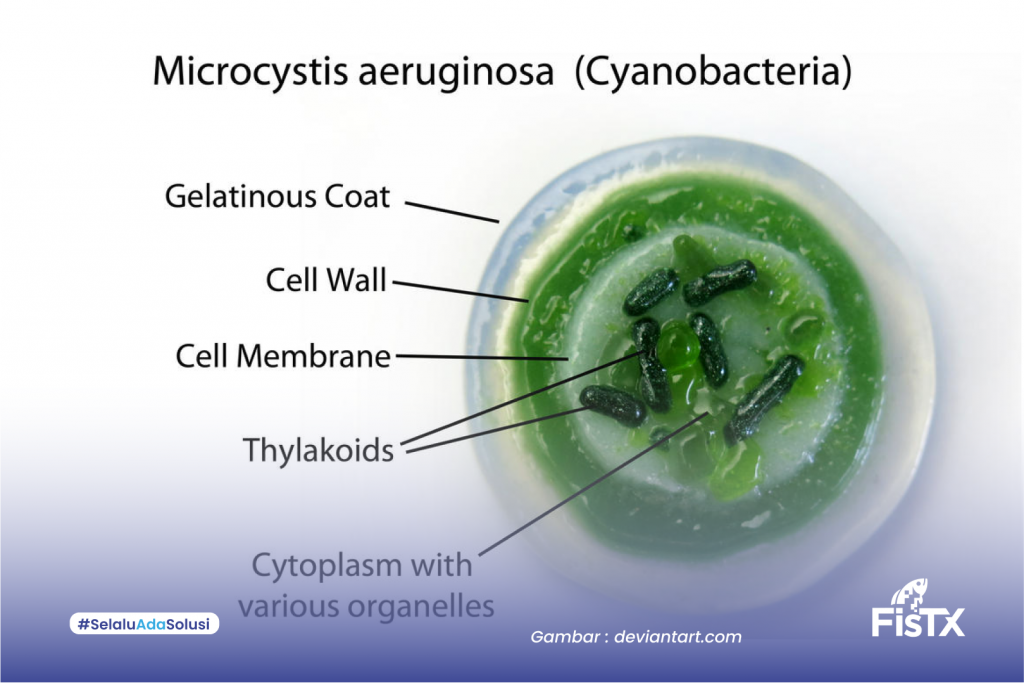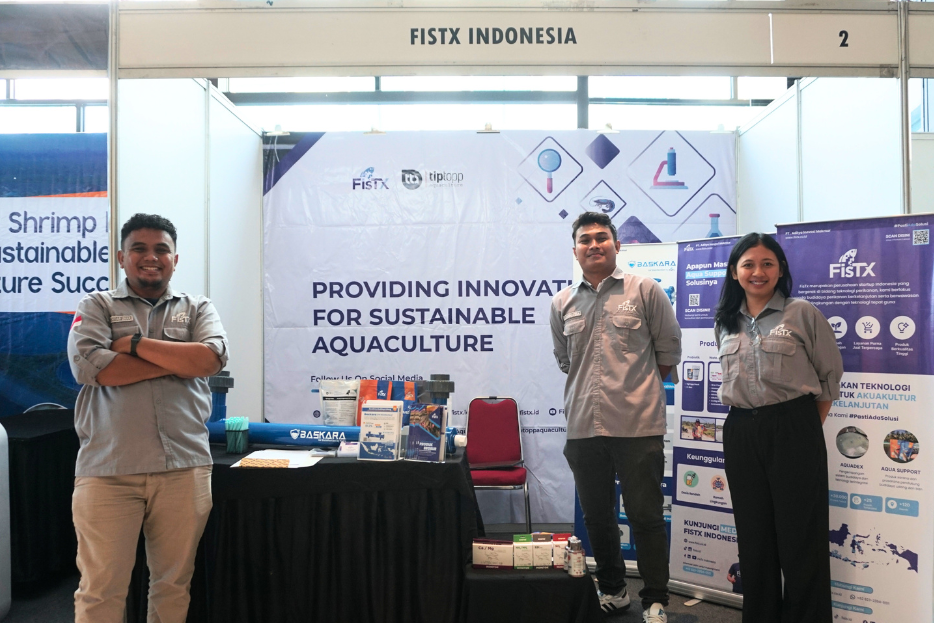
Bacillus Licheniformis: Effective Solution to Reduce Algal Blooms in Ponds
Algae are microscopic organisms that can reproduce rapidly in environments that support their growth. In ponds, one common issue often faced is algal blooms. Algal blooms occur when algae grow excessively and form thick layers on the water surface. The main cause of algal blooms in ponds is usually an excess of nutrients such as nitrogen and phosphorus. The impact of algal blooms can lead to a decrease in oxygen levels in the water, potentially endangering other organisms in the pond, including cultivated fish and shrimp.
One Example of Algae: Microcystis Aeruginosa

Microcystis Aeruginosa is one type of blue-green algae that belongs to the Cyanobacteria group, previously known as Blue Green Algae (BGA). Microcystis Aeruginosa produces a toxin called microcystin, which can poison shrimp if consumed. Microcystin is a hepatotoxic toxin, which means it can damage the shrimp's liver and cause serious internal organ damage. Shrimp exposed to microcystin may experience symptoms such as loss of appetite, respiratory distress, internal organ damage, and even death.
Bacillus licheniformis Reduces Microcystis Aeruginosa
One solution that has been found to address algal blooms, particularly Microcystis Aeruginosa, is by using the bacterium Bacillus licheniformis. Bacillus licheniformis is a type of bacteria that can produce enzymes and active compounds that can damage the algal cell walls, thus inhibiting algal growth. This bacterium also acts by breaking down the nutrients needed by algae to grow, thereby effectively reducing the population of algae, including Microcystis Aeruginosa.
Bacillus licheniformis can be Found in TipTopp

This bacterium can be found in products containing live microorganisms, such as TipTopp. TipTopp is a product that contains a high concentration of Bacillus, including B. licheniformis, ready to be used in addressing algal blooms in ponds. The application process of Bacillus licheniformis through TipTopp is very simple, just by mixing this product into the pond water according to the recommended dosage, then aerating it for 24 hours, and after that, the TipTopp culture is ready to be spread in the pond. Bacillus licheniformis in TipTopp will work effectively to reduce the population of Microcystis Aeruginosa and other algae, thus helping to maintain the ecosystem balance in the pond.
By using Bacillus licheniformis, fish farmers can address algal bloom problems in an environmentally friendly and effective manner. Products like TipTopp provide a practical and efficient solution to maintain pond health and increase production yields sustainably.

If you have issues with shrimp cultivation, consult with FisTx for FREE. Contact us for more information!


